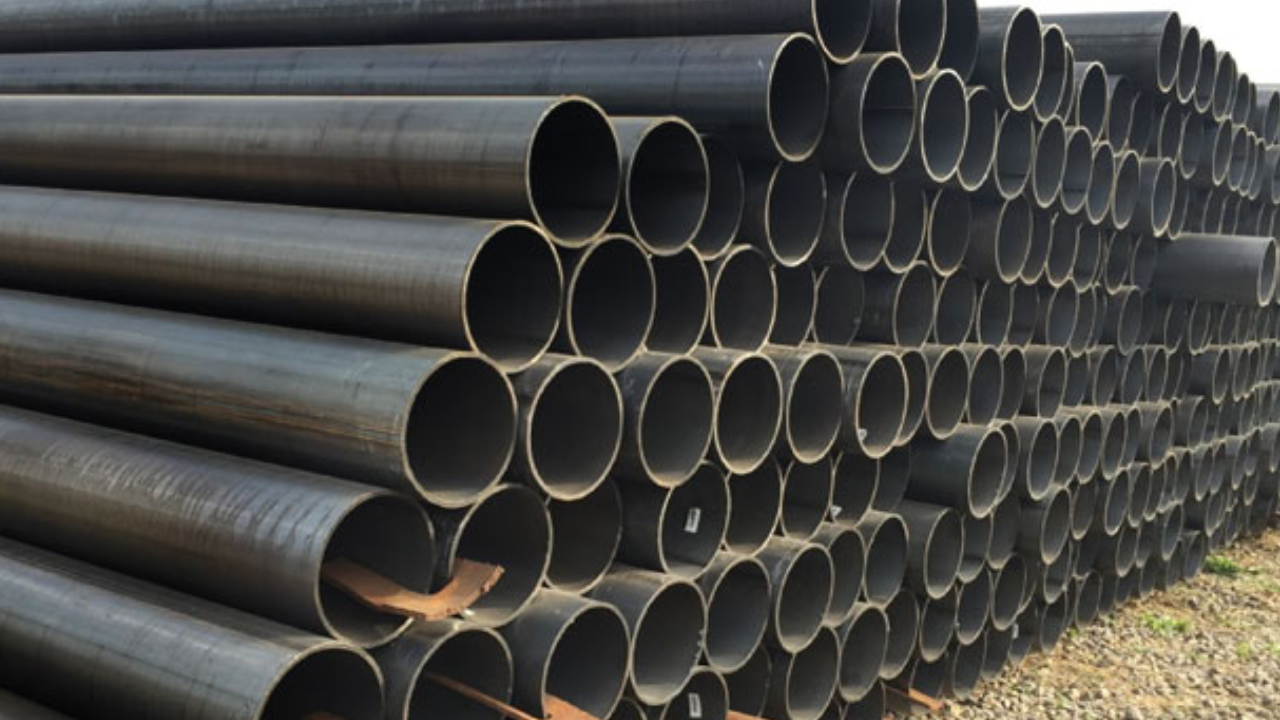ASTM A500, a standard established by the American Society for Testing and Materials (ASTM), defines specifications for seamless, welded, and cold-formed carbon steel structural tubing. This standard plays a pivotal role in the construction and engineering industries by setting forth guidelines for the manufacturing, testing, and performance of carbon steel tubing used in structural applications.
The importance of ASTM A500 lies in its ability to ensure the quality, consistency, and safety of structural tubing. By defining parameters, ASTM A500 provides a reliable framework for engineers, manufacturers, and designers. It promotes standardization within the industry, facilitating the selection and use of carbon steel tubing with confidence in its structural integrity.
Mechanical Properties of ASTM A500 Tubing
ASTM A500 is a well-recognized standard that specifies Welded and Seamless Cold-Formed Carbon Steel Structural Tubing. Understanding the mechanical qualities specified in this standard is critical for engineers, manufacturers, and designers working in building and structural applications. This article presents a thorough examination of the mechanical properties of the ASTM A500 tube. Please see the details below:
Tensile Strength
Tensile strength is an important mechanical property that determines how much stress a material can bear when stretched or pulled. Tensile strength is a significant measure in ASTM A500 tubing because it assures that the material can withstand applied stresses without being permanently deformed. The standard specifies the minimum tensile strength for different types of A500 tubes, from Grade A to Grade C.
Yield Strength
Yield strength is the stress at which a material begins to deform plastically, signaling the start of persistent deformation. ASTM A500 tubing has clearly defined yield points that correlate to certain stress levels. Understanding yield strength is critical for understanding material behavior under stress and building structures with appropriate safety margins.
Elongation
Elongation is the amount of distortion that a material can withstand before rupture or failure. In ASTM A500 tubing, elongation is represented as a percentage, indicating an increase in length relative to the original. This attribute offers information on the material's ductility and ability to absorb energy before fracture, which influences its appropriateness for forming and fabrication procedures.
Modulus of Elasticity
The modulus of elasticity, or Young's modulus, describes a material's stiffness and ability to return to its original shape following deformation. In the ASTM A500 tube, the modulus of elasticity is an important quantity in determining the material's structural behavior and deflection under different loading circumstances. Higher modulus values indicate more rigidity.
Hardness
Hardness is a material's resistance to indentation and scratching. While ASTM A500 does not expressly state hardness standards, it is a crucial factor in some applications where surface hardness might affect wear resistance and overall durability. Quality control may involve using hardness testing methods such as Rockwell or Brinell.
Impact Properties
The ASTM A500 tube can be impact tested to determine its resistance to sudden loading or dynamic forces, which is important in applications where the material may be subjected to impact or collision. Impact properties provide information on the tubing's toughness and ability to absorb energy during fast-loading events.
Chemical Composition
While not a mechanical attribute, ASTM A500 tubing's chemical composition has a significant impact on its mechanical behavior. The standard establishes maximum limitations for elements such as carbon, manganese, phosphorus, sulfur, and copper, guaranteeing that the material is weldable, formable, and suitable for structural purposes.
Quality Control and Testing
ASTM A500 offers measures for quality control and testing to ensure that the mechanical qualities of the tube meet the specifications. Manufacturers follow these testing processes to assure product uniformity and reliability. Tensile testing, hardness testing, impact testing, and dimensional inspections are all examples of common testing methods.
Final Talk
A thorough understanding of the mechanical properties outlined by ASTM A500 is essential. Engineers and producers must carefully analyze these mechanical qualities to guarantee that the ASTM A500 tube satisfies the needs of its intended applications. Adherence to the ASTM A500 standards not only ensures structural safety and reliability but also promotes uniformity and consistency in the building sector.


